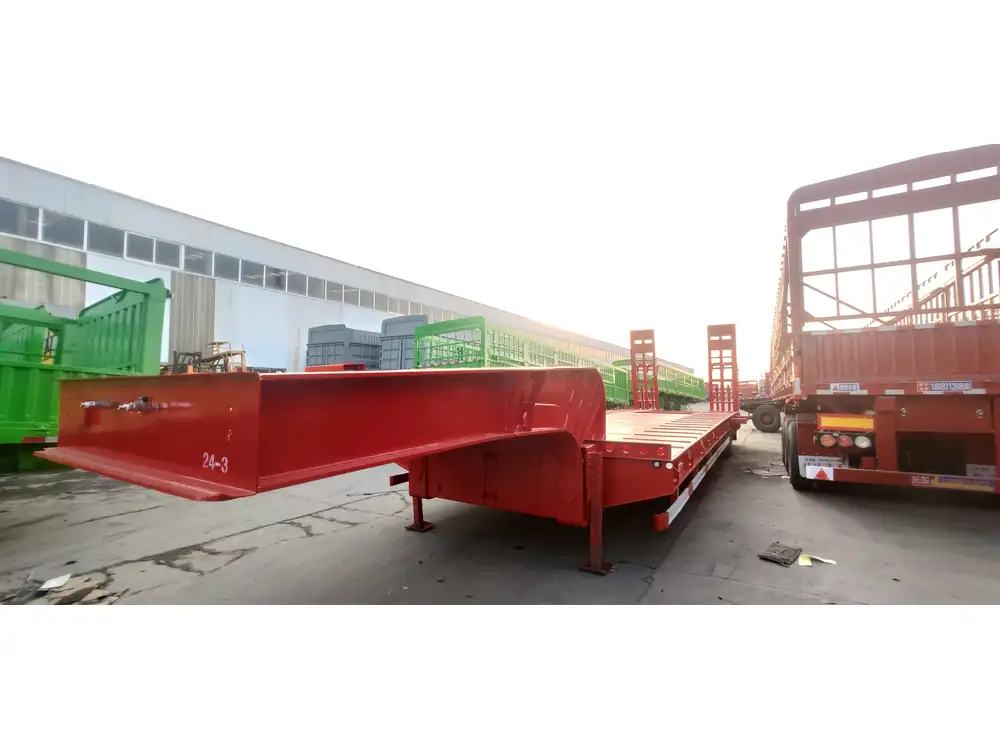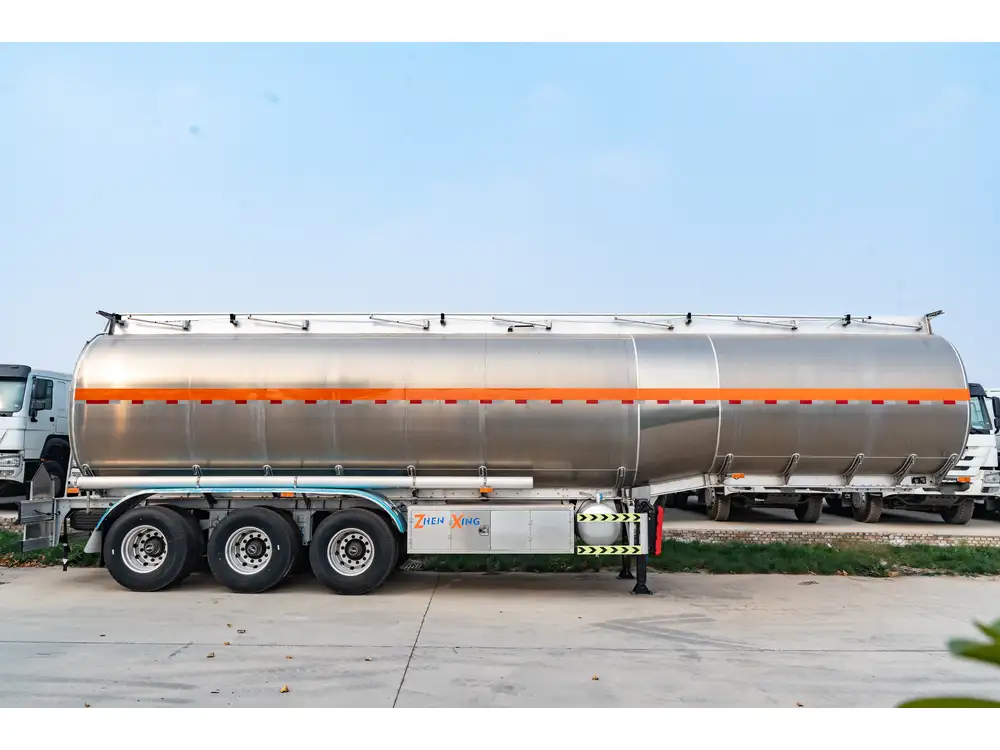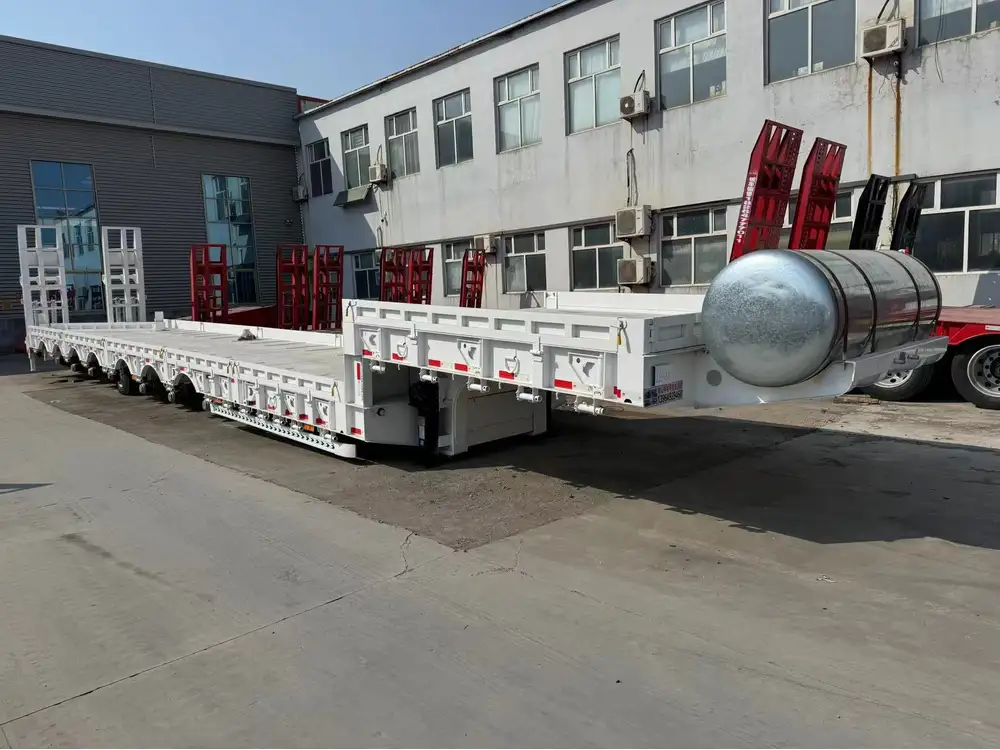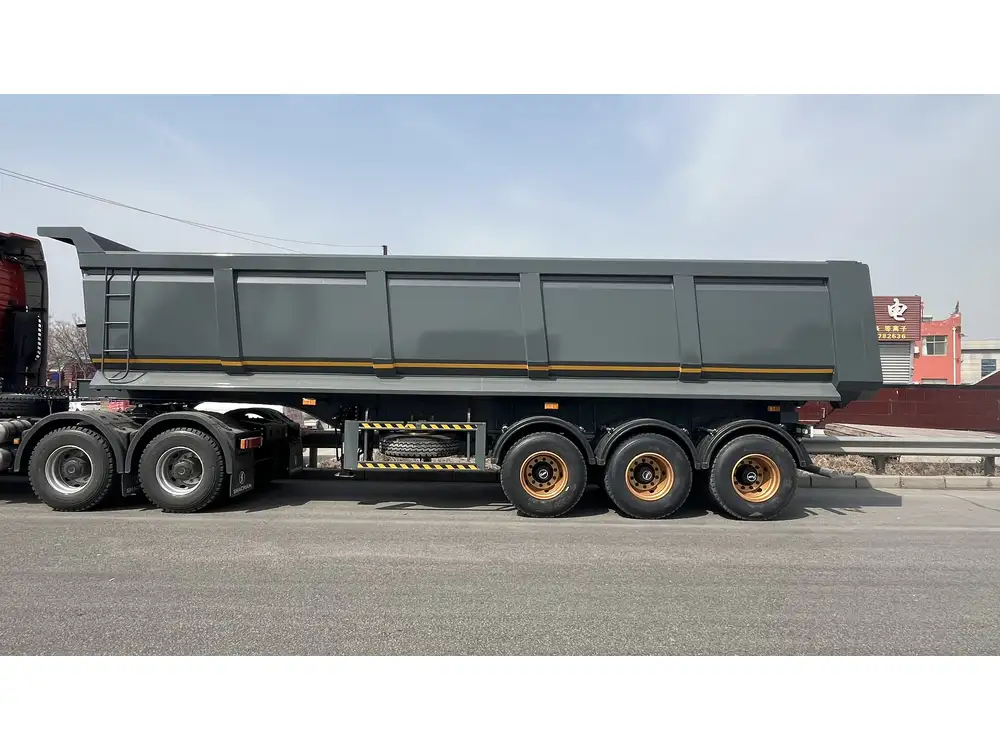Electric dump trailers have revolutionized the way we transport heavy loads, offering both efficiency and eco-friendliness. In this article, we will delve into the step-by-step process of building your electric dump trailer, addressing common concerns, and providing robust insights that will guide you through optimizing your trailer for ultimate performance.
Understanding Electric Dump Trailers
What is an Electric Dump Trailer?
An electric dump trailer is a type of trailer equipped with a power-operated hydraulic lift, allowing for effortless loading and unloading of materials. Powered by batteries, these trailers eliminate the need for heavy-duty towing vehicles to lift the trailer bed, ensuring that operations are both efficient and environmentally friendly.

Advantages of Electric Dump Trailers
- Eco-Friendly Operation: Reduced noise and zero emissions contribute to a cleaner environment.
- Cost Efficiency: Lower operational costs due to the absence of fuel consumption.
- Ease of Use: Simplified operation allows a single operator to manage loading and unloading.
- Versatility: Ideal for construction, landscaping, and waste removal applications.
Key Components of an Electric Dump Trailer
Understanding the key components is essential when constructing an electric dump trailer. Here’s a detailed breakdown:
| Component | Description |
|---|---|
| Trailer Frame | The structural foundation, typically made of high-strength steel. |
| Bed | The platform where loads are placed, usually made from steel or aluminum. |
| Hydraulic System | A system comprising a hydraulic cylinder and pump for elevating the bed. |
| Electric Motor | Powers the hydraulic pump, typically a DC motor. |
| Battery | Supplies power to the electric motor; lithium or lead-acid batteries are common choices. |
| Wiring and Controls | Includes appropriate wiring, switches, and control systems for operation. |
Step-by-Step Guide to Making an Electric Dump Trailer

Step 1: Design and Planning
Before embarking on the construction of your electric dump trailer, create a comprehensive design plan. Consider the following elements:
- Purpose and Capacity: Determine the primary use of the trailer and the weight capacity required. A common capacity range for electric dump trailers is 2,000 to 7,000 pounds.
- Dimensions: Standard dimensions typically range from 5′ to 14′ in length, depending on the intended use.
Design Tips:
- Utilize CAD software to visualize the trailer.
- Check local regulations for trailer size and weight limits.
Step 2: Gather Necessary Materials
You will need the following materials for construction:
| Material | Quantity | Estimated Cost (USD) |
|---|---|---|
| Steel tubing | 2×2 and 2×4 pieces | $300 – $600 |
| Hydraulic cylinder | 1 per trailer | $200 – $400 |
| Electric motor | 1 per trailer | $150 – $300 |
| Battery | 1 or 2 per trailer | $100 – $400 |
| Plywood or metal sheet for the bed | 1 unit | $100 – $300 |
| Wiring harness | As needed | $50 – $150 |
| Wheels and tires | 2-4 wheels | $100 – $400 |

Step 3: Constructing the Trailer Frame
- Cut the Steel Tubing: Using a cutting tool, precisely cut the steel tubing to the required lengths based on your design.
- Weld the Frame: Assemble the frame by welding the pieces together. Ensure the joints are strong enough to support the weight expected during operation.
- Attach the Axle: Install the axle at the designated point, ensuring it is evenly aligned for optimal balance.
Step 4: Building the Trailer Bed
- Prepare the Base: Depending on the material you choose (plywood or metal sheets), cut it to size and secure it to the frame with bolts or welds.
- Reinforce the Bed: Ensure the bed is reinforced for heavy loads by adding cross members if using plywood.
Step 5: Installing the Hydraulic System
- Mount the Hydraulic Cylinder: Position the hydraulic cylinder at the rear of the trailer bed. Proper angling is crucial for effective lifting capabilities.
- Connect the Hydraulic Lines: Ensure all hydraulic lines are securely connected, free of leaks.
- Install the Hydraulic Pump: Position the pump where it can be operated conveniently, typically near the front or side of the trailer.

Step 6: Adding the Electric Motor and Battery
- Mount the Electric Motor: Install the electric motor close to the hydraulic pump for ease of wiring and operation.
- Connect the Battery: Secure the battery in a protective box and ensure it is easily accessible.
- Wiring the System: Connect all wiring systems according to the manufacturer’s specifications, ensuring to insulate all connections properly.
Step 7: Installing Control Systems
- Build the Control Panel: Install the switch and control panel in a user-friendly location.
- Wire the Controls: Connect all necessary controls to the electric motor and hydraulic pump, ensuring easy operation.
Step 8: Safety Features
- Brake System: Install an adequate braking system to prevent accidents during towing and unloading.
- Safety Chains and Lights: Add safety chains, reflective lights, and signage according to legal requirements.

Testing and Fine-Tuning Your Electric Dump Trailer
After assembly, it is crucial to conduct thorough testing. Here’s how:
- Load Testing: Start with lighter loads, gradually increasing to the maximum capacity to ensure stability and functionality.
- Check Hydraulic Functionality: Ensure that the hydraulic lift operates smoothly, checking for leaks or blockages.
- Conduct a Safety Check: Inspect all safety features, including brakes, lights, and structural integrity.
Maintenance and Care for Your Electric Dump Trailer
Routine Checks
To prolong the life of your electric dump trailer, perform regular maintenance:
- Inspect the Electrical System: Check connections and batteries for corrosion.
- Hydraulic Fluid Level: Ensure the hydraulic reservoir is full and free of contaminants.
- Tire Pressure and Condition: Regularly check tire pressure and inspect for wear.

Recommended Maintenance Schedule
| Task | Frequency |
|---|---|
| Inspect brakes | Monthly |
| Check hydraulic fluid | Every 3 months |
| Battery maintenance | Every 6 months |
| General visual inspection | Before each use |
Conclusion
Building an electric dump trailer is an intricate task requiring careful planning, precise construction, and a commitment to safety. By following this comprehensive guide, you can create a robust and efficient electric dump trailer tailored to your specific needs. Whether for construction sites, landscaping projects, or hauling tasks, an electric dump trailer can significantly enhance productivity while promoting sustainability.
Remember to always adhere to local regulations regarding trailer use and safety standards. Happy building!



